The Australian Criminal Intelligence Commission (ACIC) today released the eleventh report of the National Wastewater Drug Monitoring Program, covering sampling in April and June 2020 and providing insights into the effect of the COVID-19 pandemic on drug consumption in Australia.
In the 2019 Budget, the ACIC received an additional $4.8 million over four years to fund the National Wastewater Drug Monitoring Program and deliver an additional twelve public reports. With the release of this report, additional materials which make it easier to view the Program’s longitudinal data and drug consumption for individual state and territories have been made available on the ACIC website for the first time.
Report 11 covers around 56 per cent of the population, which equates to more than 13 million Australians. Fifty-five wastewater treatment plants across Australia participated in the April 2020 collection, which monitored the consumption of 13 substances.
Nicotine and alcohol remain the highest consumed drugs measured by the Program for which dose data is available, with methylamphetamine remaining the highest consumed illicit drug.
Throughout the COVID-19 pandemic, a new focus of the ACIC’s wastewater work has been the successful detection of the virus in wastewater for advice to health and policy stakeholders. The Program has also leveraged its unique access to timely consumption data to brief law enforcement and policy departments on the impact of the COVID-19 pandemic and the national response on illicit drug markets.
Australian Criminal Intelligence Commission Chief Executive Officer, Mr Michael Phelan APM said restrictions imposed in response to the COVID-19 pandemic have impacted illicit drug markets and shaped results in this report in ways that offer unprecedented insights into Australian drug markets.
“The results show that all drugs monitored by the Program continue to be available within Australia. Drug consumption across Australia during the COVID-19 period is characterised by diversity between and within jurisdictions and across drug types,” Mr Phelan said.
“Price variations during COVID-19 have not been a reliable indicator of consumption levels. There have been some price increases, particularly at the wholesale level, although a number of the increases have been within historical ranges. Even in locations where considerable price increases have been reported, consumption of some drugs has increased.”
During the period monitored by the report, instances of record high drug consumption have been reported, including regional methylamphetamine and heroin consumption and capital city cocaine, cannabis and nicotine consumption. There was record low regional consumption of fentanyl and capital city consumption of oxycodone and alcohol during the period monitored.
The population-weighted average consumption of alcohol, MDMA, oxycodone and fentanyl decreased in both capital city and regional sites from December 2019 to April 2020, while increases in the population-weighted average consumption of heroin in both capital city and regional sites from December 2019 to April 2020 were reported. The population-weighted average consumption of nicotine and cocaine in capital city sites and methylamphetamine and cannabis in regional sites also increased over the same period.
“Operational activity in which the ACIC has been involved with its partners indicates that many serious and organised crime groups in the major drug markets continued to operate on a ‘business as usual’ basis throughout the pandemic, importing, manufacturing and trafficking illicit drugs” Mr Phelan said.
“Results from this report underline the resilience and variety of regional drug markets in Australia. We continue to work with our partners to gain a more granular understanding of regional drug markets and drive appropriate responses.”
The report is available from the Australian Criminal Intelligence Commission website: www.acic.gov.au
Note to editors
In accordance with current wastewater analysis conventions, the terms of the contract, and to protect the integrity of the program, the exact locations are not able to be publicly released by the Australian Criminal Intelligence Commission. To maintain the confidentiality of the participating site, each site was allocated a unique code to de-identify their results, however trends in particular states and territories are still able to be identified.
